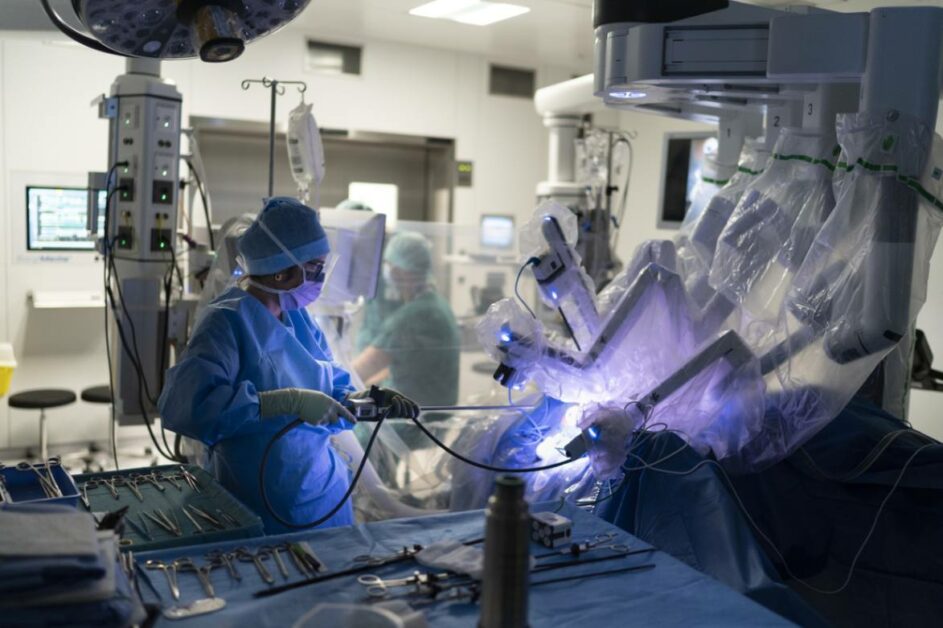Wed, Mar 13th 2024
Zurich researchers develop AI to spot pulmonary hypertension in newborns, offering hope for early diagnosis and improved outcomes.

An artificial intelligence developed by researchers in Zurich recognises a certain heart defect in newborns. According to the researchers, it has the potential to reduce the number of missed diagnoses of pulmonary hypertension.
In pulmonary hypertension, the pulmonary arteries remain constricted after birth or close again in the first few days or weeks after birth. This can lead to severe respiratory distress in newborns. During treatment, the arteries to the lungs are opened by administering highly concentrated oxygen.
The problem is that recognising this disease is very complex and requires a lot of experience, according to ETH Zurich. The specific know-how is often not available.
To remedy the situation, the researchers from ETH Zurich, together with researchers from the Kuno Klinik St. Hedwig in Regensburg D, trained an AI model with video recordings of cardiac ultrasound examinations of 192 newborns.
The trained model was then able to suggest the correct diagnosis in around 80 to 90 percent of cases and determine the correct severity of the disease in around 65 to 85 percent of cases, according to the study published in the International Journal of Computer Vision.
The diagnosis is still made by a human, emphasised the developer. According to the professor of medical data science, it is important that people can understand the criteria on which the AI makes its decisions.
This new AI model marks the areas in the ultrasound images on the basis of which it has made its classification. Doctors can therefore see exactly which areas or characteristics of the heart and its vessels appear conspicuous to the model.
©Keystone/SDA
